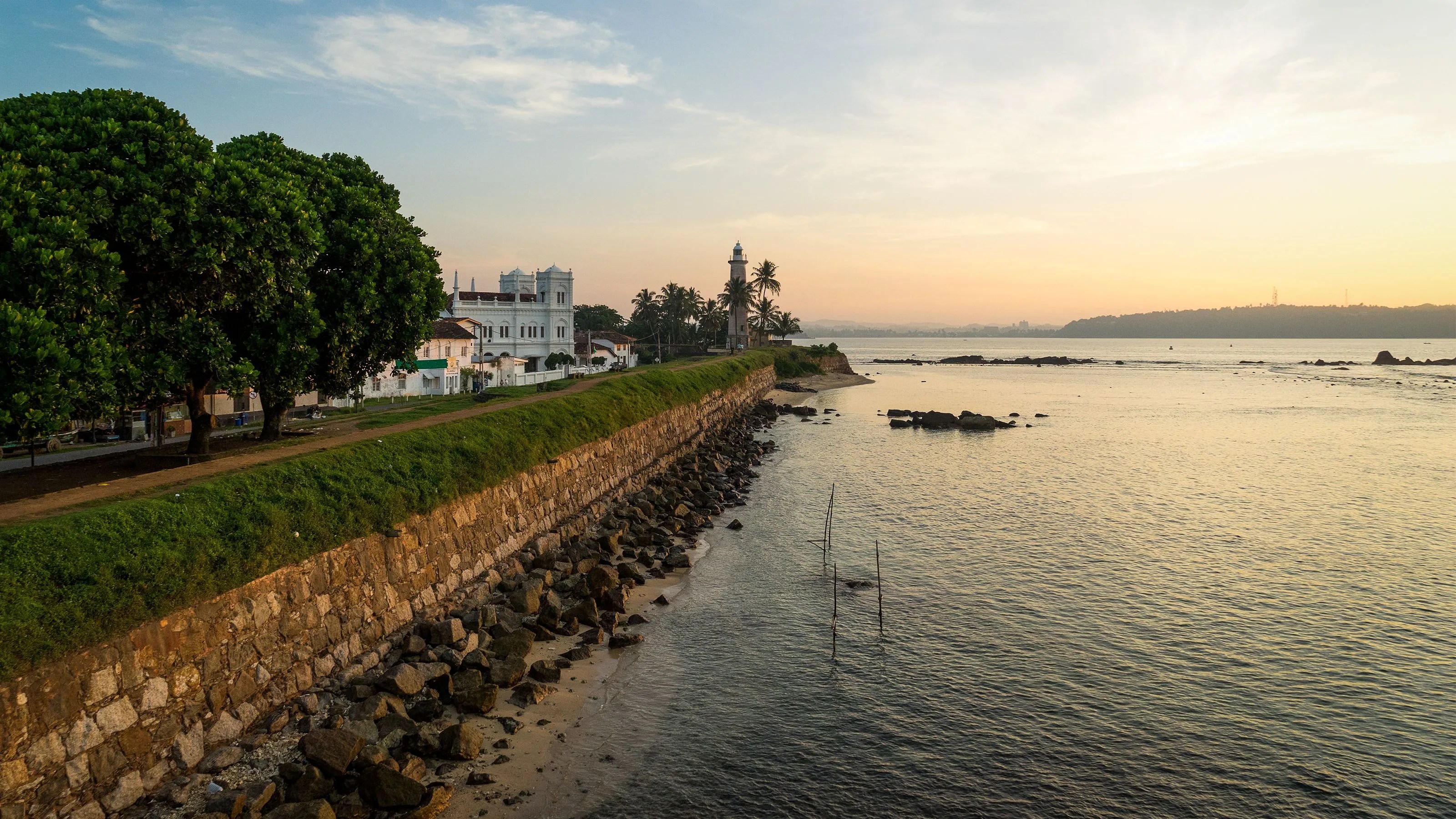From Issue Two of the Gear Patrol Magazine. Free shipping + 15% off in the GP store for new subscribers.
The car’s two-cylinder motor redlined as it labored up the highway’s incline, struggling to make 50 mph. I told our driver, Thushara, that we didn’t need the air conditioning, trying to gently ward off a mechanical failure and keep us on track for a day of diving in the Sri Lankan coastal town of Hikkaduwa.
He assured me with a smile that the car, an Indian-made Tata Nano, would be okay. As if on cue, a warning light flashed on the dashboard and the car emitted a loud beeping sound. Thushara coasted to the side of the road and shut off the buzzing little motor. We piled out of the car and unloaded our mountain of dive gear so Thushara could access the engine beneath the rear seat. I looked for some shade to get out of the tropical sun, which was already hot at eight in the morning.
When it was built in the early 2010s, this highway was a symbol of the new Sri Lanka. At first glance, it could have been a freeway anywhere in the world: an anonymous, paved, four-lane, divided affair, built quickly with Chinese investment money. But drivers here weren’t used to single-direction traffic, or driving faster than 40 mph. Public service announcements were made to remind people not to stop in the middle of the freeway, or to bring animals or trishaws on the road. These admonitions were largely unnecessary. Today the highway was eerily empty, most drivers preferring the choked chicane of the old coast road anyway, dodging beasts of burden and bicycles instead of paying to save time. The mere presence of a toll booth kept most locals away.
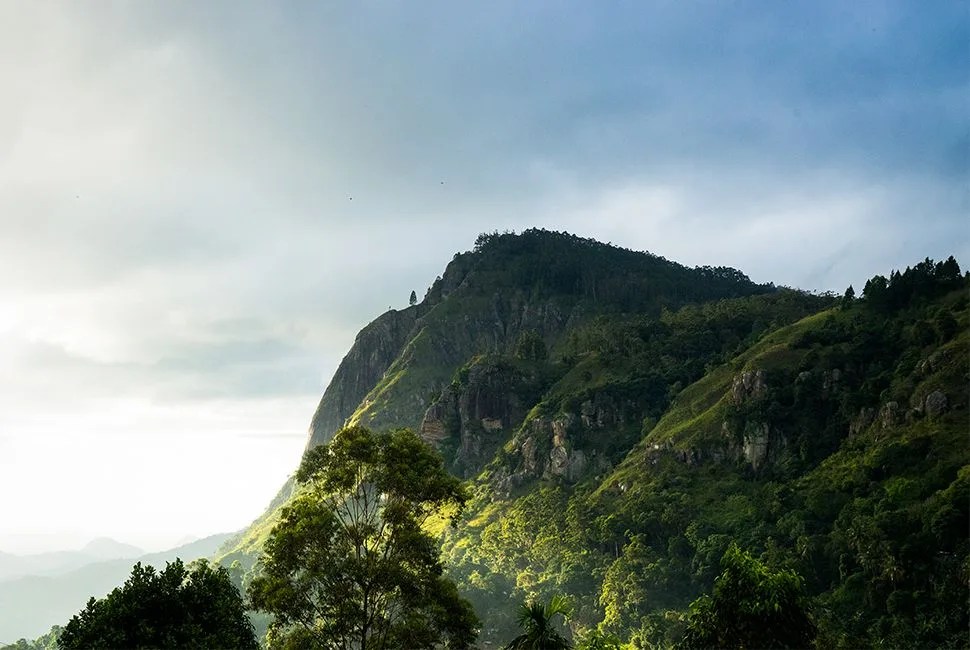
Nature refused to be tamed by the new concrete, and the jungle encroached down the steep embankments and curled around some of the guardrails. I plopped into the shade. Thushara opened the stop-cock at the bottom of the new car’s tiny radiator, and a jet of boiling water poured onto the ground. Maybe we should have taken the old coast road after all. I sighed.
Over the years, each return to this island that drips off the southern tip of India has brought a battle between old and new. And it’s no stretch to say Sri Lanka has drastically changed my life. My experiences help explain the island’s ancient name, Serendib, from which we get the modern English word “serendipity,” meaning a “happy accident.” Sri Lanka has lived up to its moniker for centuries, beckoning travelers like Paul Bowles, Arthur C. Clarke, Mark Twain and Marco Polo, who called it “the finest island of its size in the world.” The Dutch, Portuguese and British all colonized it at one time or another, trying to capture the elusive magic of the place for themselves.
When I first visited back in the 1990s, vacationers who avoided the frontlines of the civil war in the north and east, and who didn’t linger too long in crowded public spaces, could almost vacation without fear of a suicide bombing, for which the Tamil Tigers rebel group was infamous. Dangers big and small lurked around every corner. It was a country of malarial mosquitoes and war, cobras and crumbling infrastructure. My girlfriend, who was Sri Lankan, insisted that I check in at the heavily fortified American embassy, just in case anything happened. Of course nothing did, because of — or perhaps despite — the checkpoints manned by skittish soldiers in baggy uniforms toting automatic weapons.
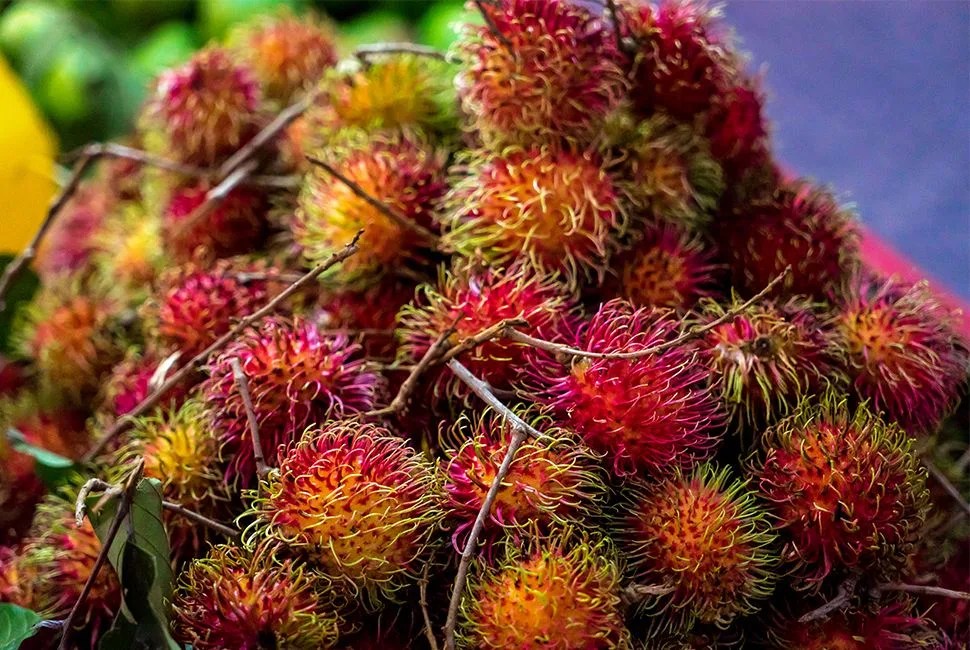
That first visit was like seeing in color for the first time: elephants in the street, vibrant tea plantations and temple ruins rising from the jungle. The heat was oppressive, the food equally scorching; mosquitoes sucked my blood and a fanged monkey invaded my hotel room. By the time I returned to the North American winter after that trip, I already had plans to return. I had fallen in love.
Subsequent trips to Sri Lanka over the next decade transformed me as a traveler. As a scuba diver I saw the devastation wreaked on the reefs by unscrupulous dynamite fishing, but also watched a baby reef shark swim among toddlers just feet from shore. I learned the nuances of orange pekoe tea and felt primal fear when our Jeep was charged by an enraged bull elephant. One year, I packed my bicycle along and spent a week cycling through tea country and rubber plantations, dodging over-packed buses on narrow roads and practicing my Sinhala with roadside fruit sellers. I skipped the American embassy that trip, venturing solo into the mountainous interior of the country. By that time, I had married my girlfriend, learned to tie a sarong to prevent wardrobe malfunctions and was impressing my in-laws with my curry-tolerant tongue.
In the wee hours of December 26, 2004, we got a call at home in Minneapolis from my wife’s parents. Their holiday brunch at a seaside hotel was cut short when the first wave of the tsunami hit. They were okay; the capital, Colombo, was largely spared. The real damage was elsewhere. We switched on CNN to see what looked like a scene from the Old Testament: entire communities under water and amateur video from seaside resorts showing the sea receding and then returning with a three-story fury. It was a jarring contrast to the world outside our window — a gentle snow falling on an early winter morning. We quickly booked plane tickets.
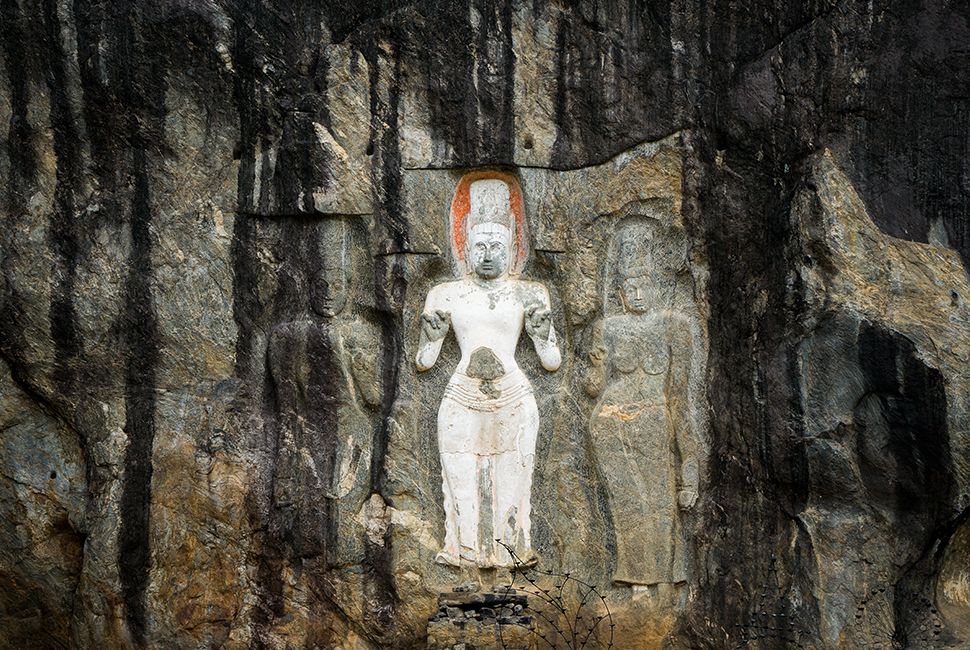
We arrived in Sri Lanka a month later without a plan, but determined to help with relief efforts. We drove east to Trincomalee to find work, passing huge tent cities full of refugees. As we approached the coast, the carnage grew: fishing boats sitting half a mile inland, piles of bricks where houses once stood and people walking around with blank stares, withering under shock and exhaustion. After two days of fruitless meetings with disorganized NGOs, we returned to the South, where we found work building crude shelters with a grassroots relief organization for three weeks. Every day on the way to the job site, we passed the twisted wreckage of a train that had been swept from its tracks, killing hundreds of people, many of them children.
After long days building plywood houses in the jungle with hand tools, I would slump, sunburned and dehydrated, into bed, nursing blisters and diarrhea, only to get up the next morning and do it all over again. And yet I felt good. I was rebuilding a country in which I had a growing stake, one house at a time. When I returned home, my marketing job felt empty. I wanted to see the world, engage with all its beauty, poverty, love and violence. I quit my job, launched a freelance writing career and never looked back.
When I landed at Bandaranaike International Airport this past December, it had been five years since I’d been to Sri Lanka. In those years, a ruthless government had quashed the rebels, ending the civil war; tsunami recovery had brought sweeping changes to infrastructure; Chinese investments meant construction cranes and earth movers were adding a shiny veneer to the colorful chaos of Colombo. Tourism was booming. The New York Times had recently named Sri Lanka one of its 50 places in the world to visit. The changes were evident right away — the airport had jetways, icy air conditioning and moving walkways. But still, stepping out into the syrupy night air after 30 hours in a plane was deliciously familiar.
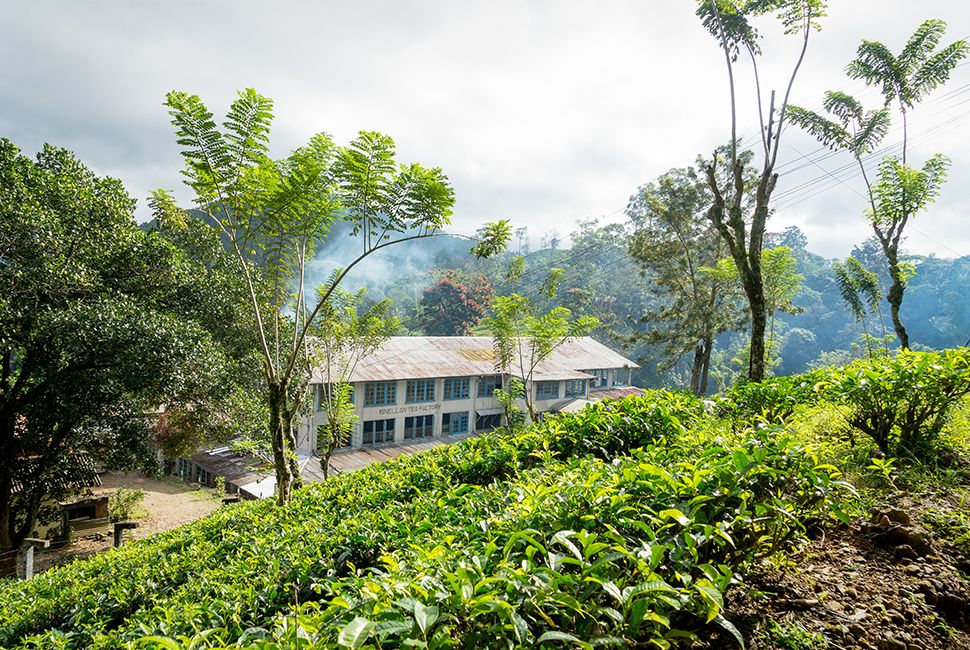
Sri Lanka kept its frustrations and its inimitable charms. My father-in-law, as always, helped me beat jet lag with a steady supply of strong tea. Prices were higher and the traffic worse, but the people I met, from the drivers to the shopkeepers, still had the same kindness in their eyes that I remembered from past visits. When we got lost on a hike in the steep jungle valley of the Ella Gap, a barefoot older woman greeted us with a wave from her rice paddy, then scampered through the steep forest, leading us back to the trail with a smile. I tried to press a few rupees into her hand but she turned and just as quickly was gone, back to her work.
Sri Lanka remained, above all, a land of serendipity. One day, on the washboard road that leads to Buduruwagala, an ancient Buddhist temple famous for its 50-foot-high rock carvings of Buddha, we stopped at an old seller’s stall for some boiled corn and chili-dusted mango. As our driver chatted with the man in Sinhala, I heard the familiar, almost feline, cry of a peacock. A hundred yards off the road, across a grassy field, the magnificent bird sat atop the ruins of a brick dagoba, one of the domed temples common in Buddhist Asia. I set off with my camera to stalk the scene, wary of the termite mounds that often house snakes.
As I approached the dagoba, the honking horns and rumble of tourist buses faded, and the peacock spooked into the trees. Its call echoed back, beckoning me deeper. I found the faint remnant of a footpath, worn from centuries of use, and followed it into a quiet grove of trees. On all sides of me were small piles of rubble, further evidence that at one point, this had been a temple or a village. Everything was overgrown, forgotten, serene. The peacock was nowhere to be found, still calling from farther in the jungle. I paused for a moment, then turned and walked back to the road and the din of traffic. The fruit seller handed me a bag of mango and smiled, as if to welcome me back.

